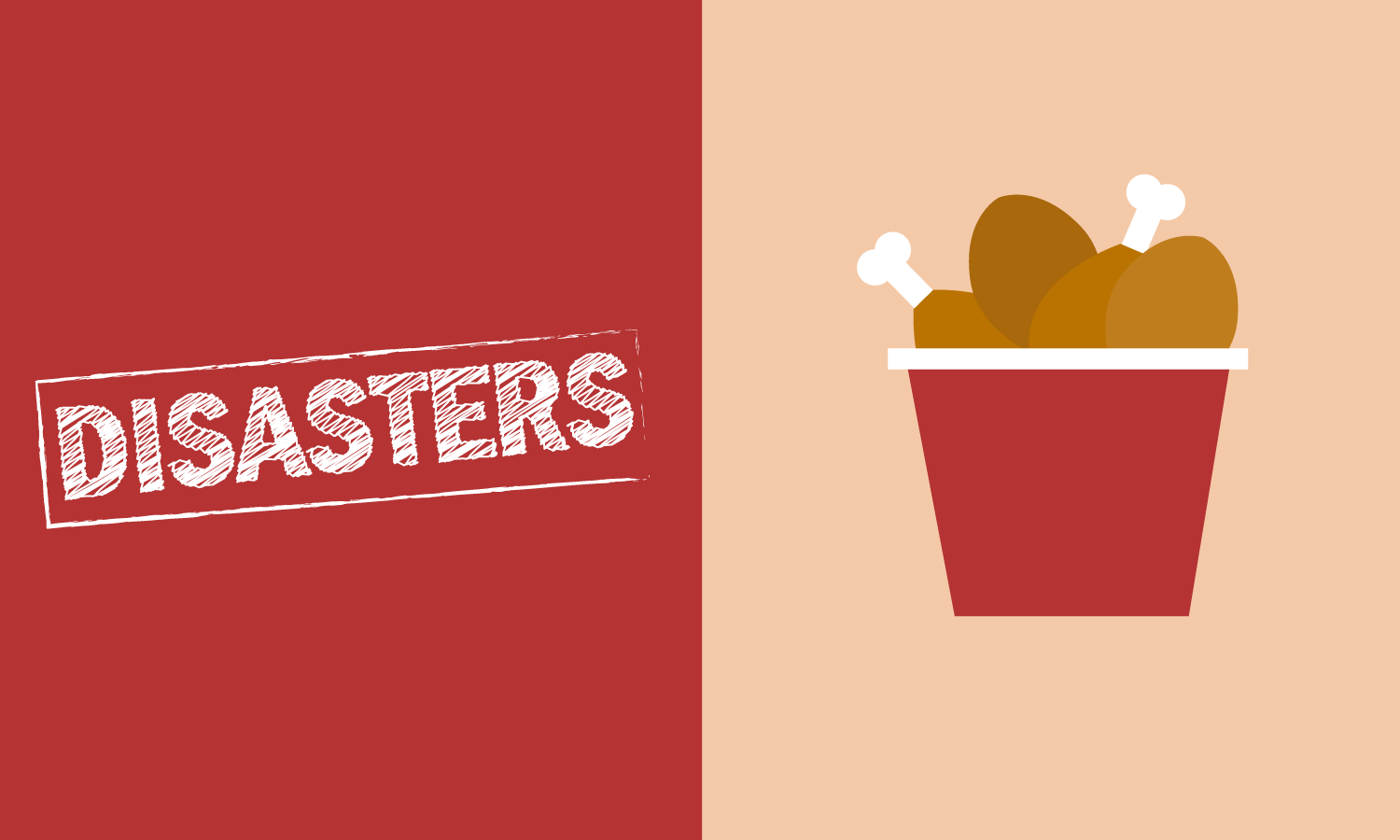KFC is one of the top fast food restaurants in the world. With over 20,000 locations worldwide, they are a global brand with a huge operation. Being that KFC is short for Kentucky Friend Chicken, you would think that they were poultry experts. It’s the main item on the menu and is stated in its name. So how does a chicken restaurant run out of chicken? In this blog post we will discuss what went wrong and how the franchise is doing currently.
What went wrong?
In February of 2018, KFC suffered a major loss from a chicken shortage that affected its UK operations. The first thing that added to the problem was unequal distribution. At the time, they were only operating out of one warehouse. Doing this isn’t a bad practices and is something that many companies do. But for food, it’s different. Things like contamination can affect all of your inventory, therefore having multiple locations to ship out of is beneficial. In the case of KFC, delays with deliveries of ingredients was the main occurrence that contributed to the crisis.
Alongside this was a general lack of planning. Since KFC was operating out of a single location, it was as if they forgot about possible disruptions that could happen throughout the process of the supply chain. Having many restaurant locations to deliver to leaves a lot of room for potential error. In this case, since disruption happened in the beginning, it affected the rest of the operation.
Lastly, there was a lot of readjusting when they switched logistics partners from Bidvest to DHL just a few weeks prior. There may have been some oversights when it came to supply and demand, as DHL may not have been prepared. They were warned that making the switch would be detrimental, but they continued with it anyways.
These mistakes caused KFC to have ingredient shortages in many of its locations across the UK. Some restaurants could only serve a limited portion of the menu, while some closed completely. It was reported that over half of KFC restaurants had to be shut down. This went on for several days and left customers and staff alike in disbelief. The hashtag #WheresMyChicken was trending on Twitter and even escalated to local police releasing a statement to tell angry customers to stop calling about the shortage.
Recovery
Not long after the chicken shortage, KFC also suffered from a gravy shortage. Definitely not a good look for the franchise. Shortly after, they switched back to their old partners.
Though several months have passed, KFC is still working on rebuilding their image and PR. The chicken crisis left many angry and upset. In an attempt to make things a little more lighthearted, KFC put out a bunch of promotional material that joked about the crisis on both their social media accounts and website. Although humor with a touch of self awareness can help, it will still take a while for the backlash to settle down completely.
Recovery from a disaster like this is an extremely slow process, but KFC is large enough that it will not destroy them. Though damaging to their public image, there will still be loyal customers who will continue to support the franchise and their product.
What can we learn from this?
The biggest takeaway from the KFC fiasco is contingency. A combination of warehousing, logistics and forecasting problems were the causes. Ultimately, KFC did not prepare for the worst. Mass shortages may not always be a likely scenario, but that is never a 100% guarantee. Even in the most seamless supply chains, there is still room for disruption as no supply chain is perfect. There will always be chances for mishaps, big or small, and businesses need to be prepared for all of it.



